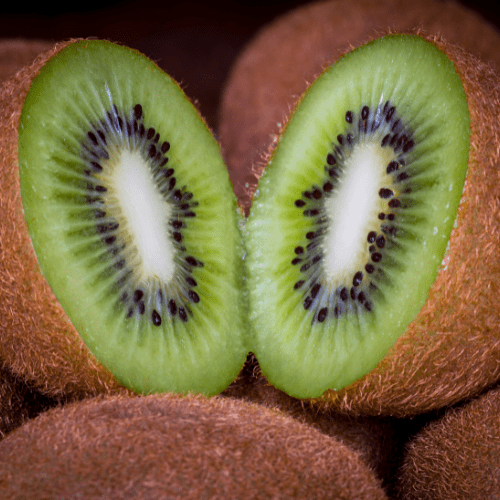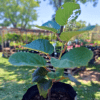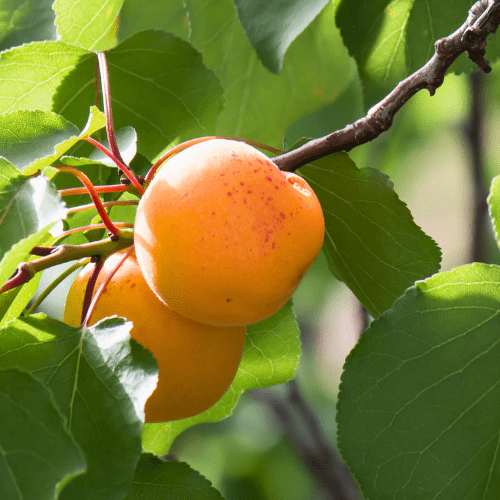Position
Give your vine full sun or partial shade. New plants cannot tolerate extreme midday heat and require shelter from the sun’s rays. Shade cloth is advisable.
Kiwi vines cannot handle extreme winters; Gauteng frost is fine, but beware of temperatures below zero for long periods.
Size
The kiwi vines can grow up to 7 meters tall and become extremely heavy when laden with fruit. Therefore, strong support is required.
Soil Type
A slightly acidic soil is ideal for kiwi vines. The soil has to drain well for the vines to survive.
Superfrass (R25 per bag) is a natural high quality organic growth enhancer and pesticide which you could add when planting.
Mulch
All plants and trees benefit from mulch. Good mulch helps to keep the roots moist and protected from harmful UV rays. Mulch also adds nutrients to feed the plant. Use pine bark or pine needles to lower the soil’s pH and add organic matter.
Use from 2 to 5 centimetres of pine bark mulch to protect the roots from UV damage and drying out. It retains moisture, and maintains an optimal pH. Do not let the mulch touch the plant stem, as it may cause infection or rot.
Watering
Kiwi fruit vines require water daily after transplanting until the roots are established. If the leaves droop and turn brown, they need more water. During the growing season, it will need about 5 centimetres of water per week. Be careful not to overwater it, don’t allow the ground to become chronically soggy.
Fertilising
Apply 1 teaspoon every 4-5 months of our slow-release all-plant fertiliser. The roots will absorb what they need.
Kiwi roots are quite sensitive to fertiliser. They are well suited to organic gardens as they respond well to cow manure (when used sparingly).
Pruning – Kiwi vines must be pruned to keep their shape tidy and get optimum fruit production. During the first year, develop a central trunk by cutting any shoots until the trunk has reached the height of the trellis or fence. The male plant may be pruned after it flowers in summer. The females should only be pruned in winter to remove dead or diseased wood and stems that produce fruit in the summer.
Pests – Leaf roller caterpillars and spider mites are common kiwi pests.
Treat promptly or preferably use preventative measures by spraying with agricultural Neem Oil or Effective Microorganisms (EM Control)
Harvesting – Kiwi fruits are ready to pick when the skin turns brown. The fruit should still be firm. To test for ripeness, cut one fruit open. If the seeds are black, they are ready to be harvested. Keep them at room temperature for about a week until they soften. Should you wish to keep them longer, refrigerate them while they are still hard. They will stay fresh for about 5 weeks.








